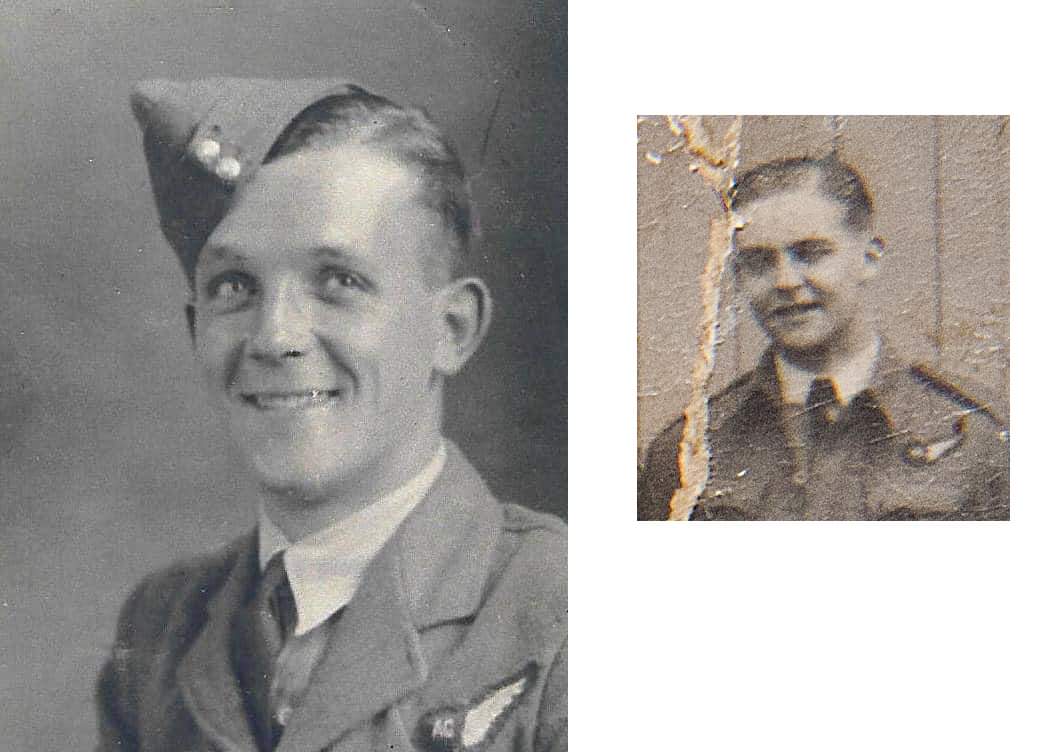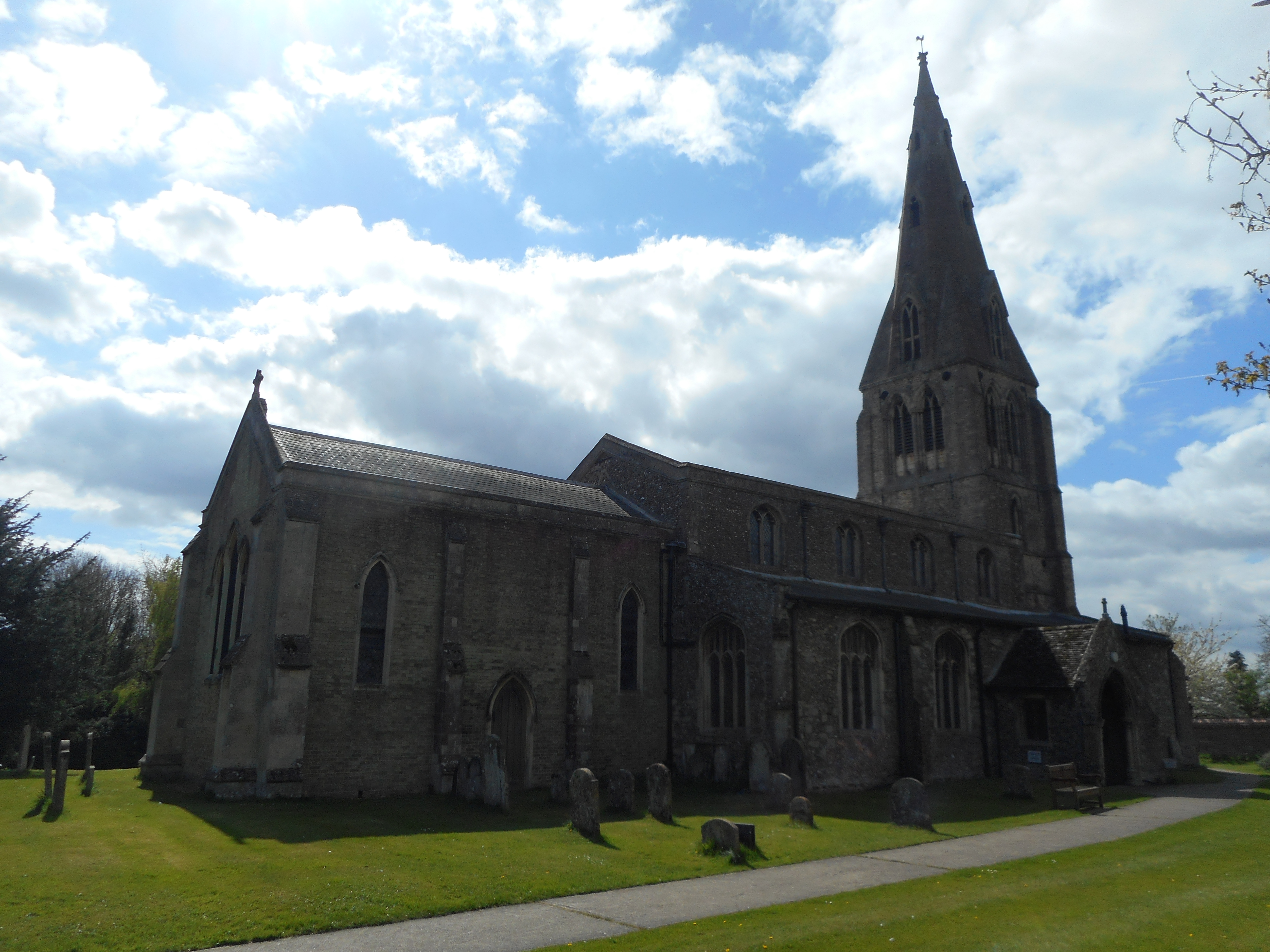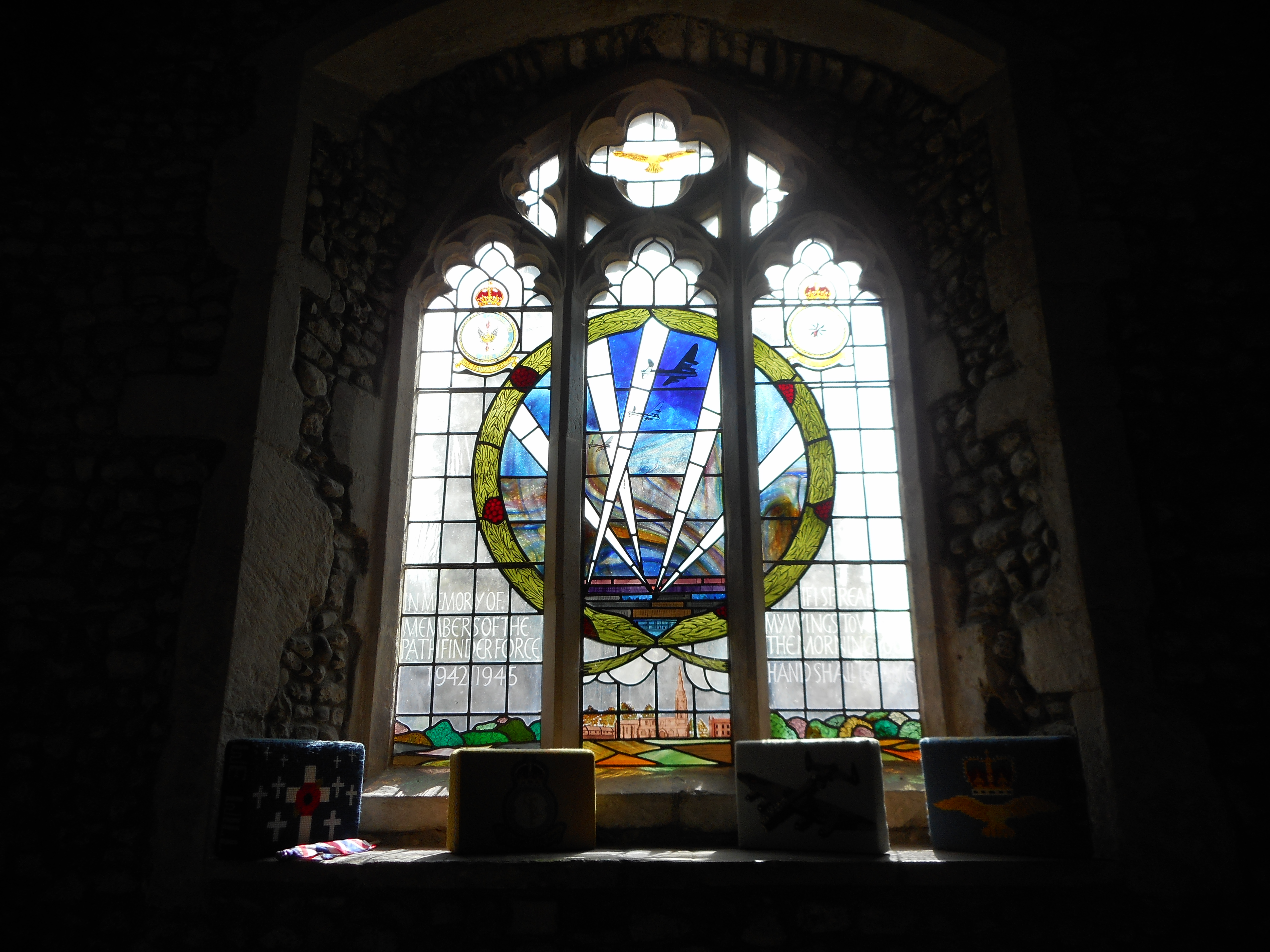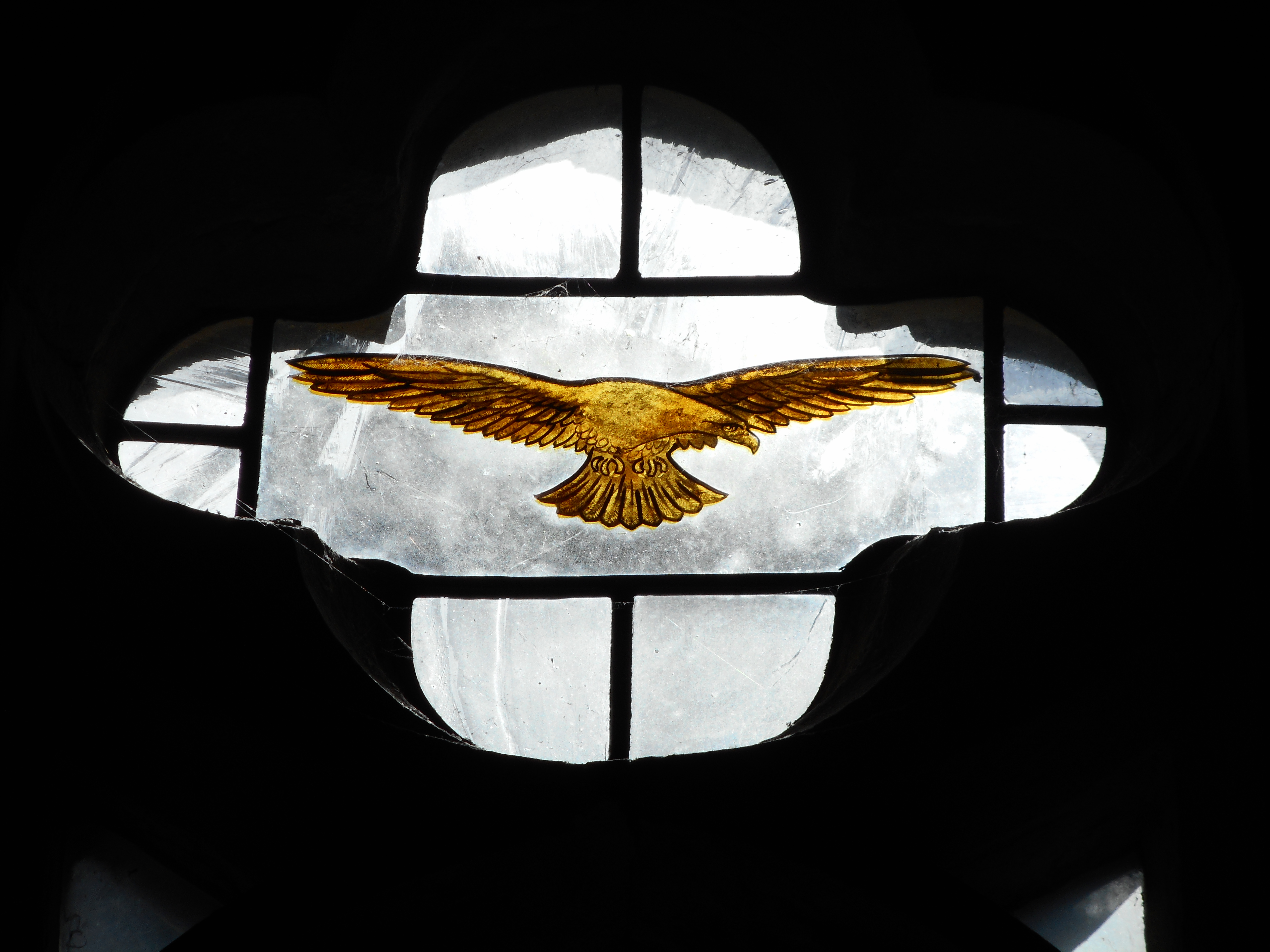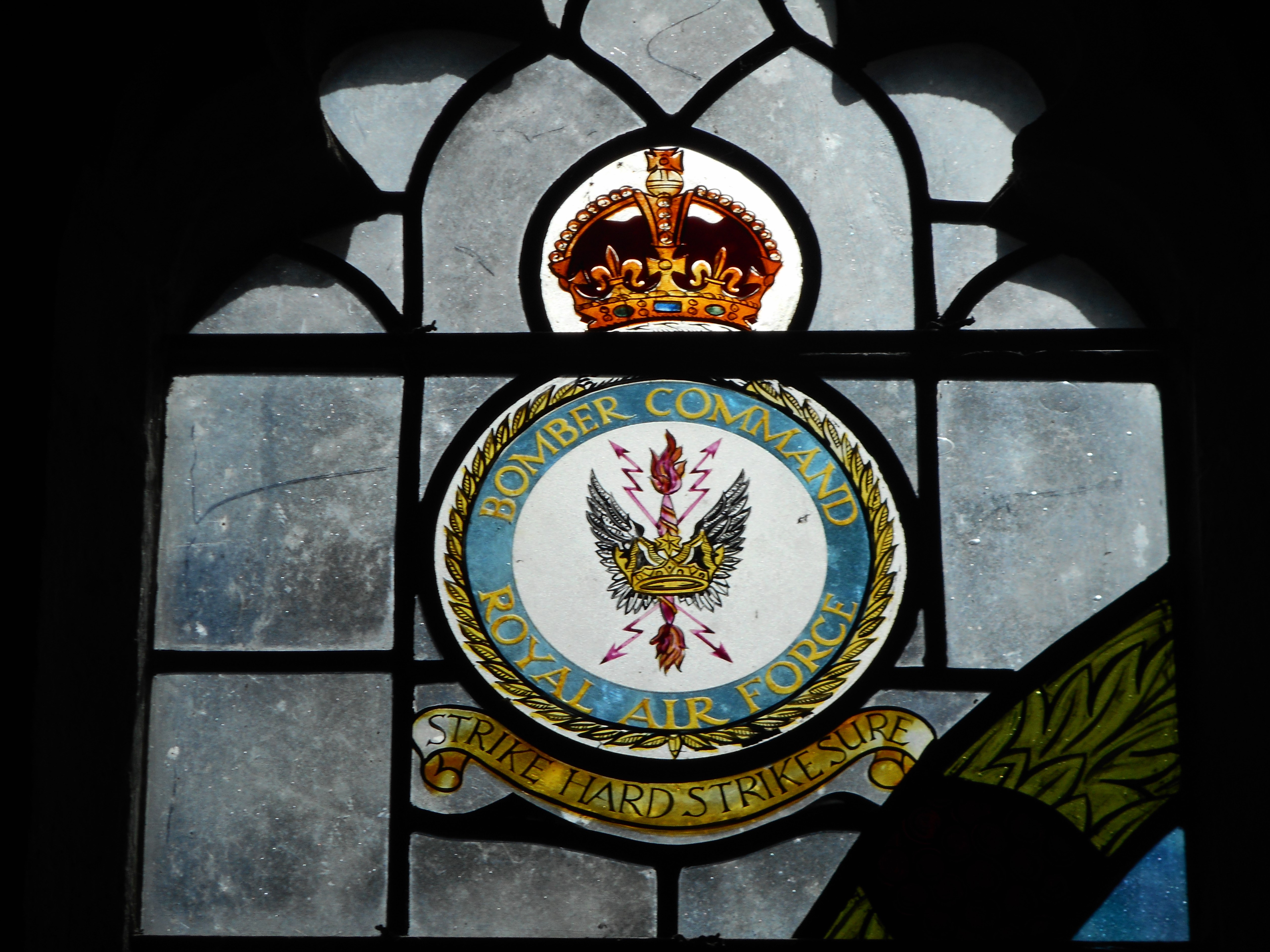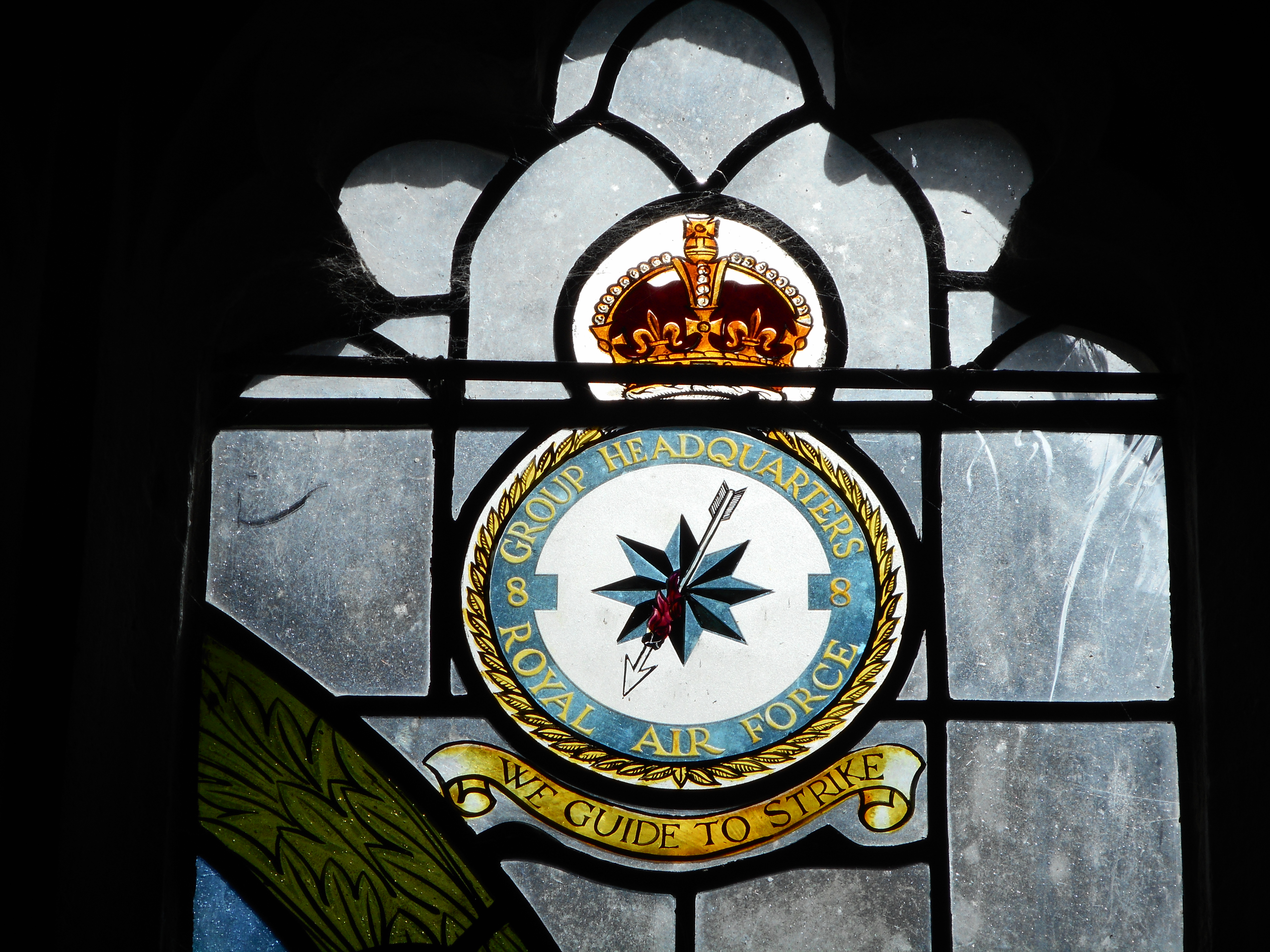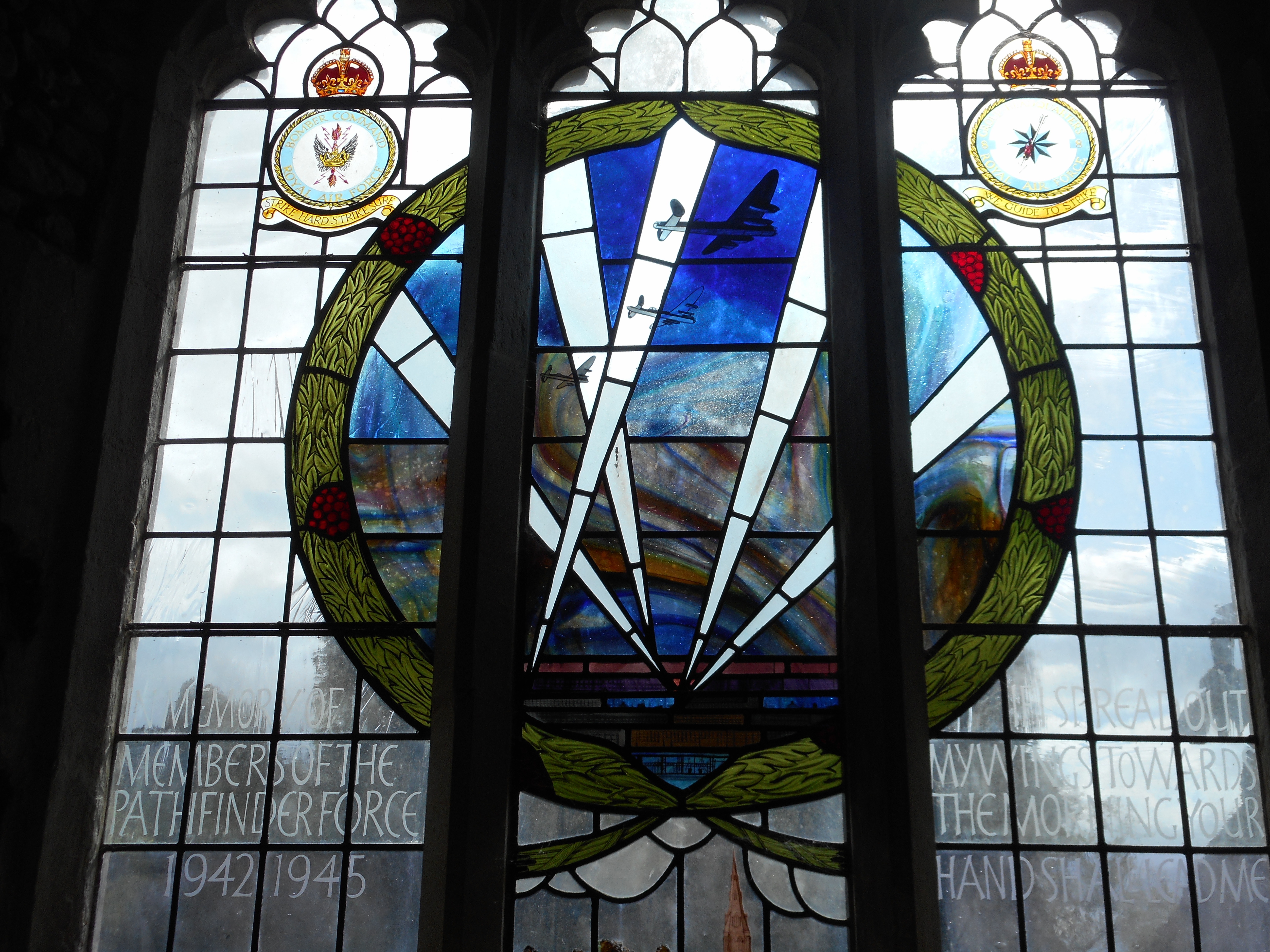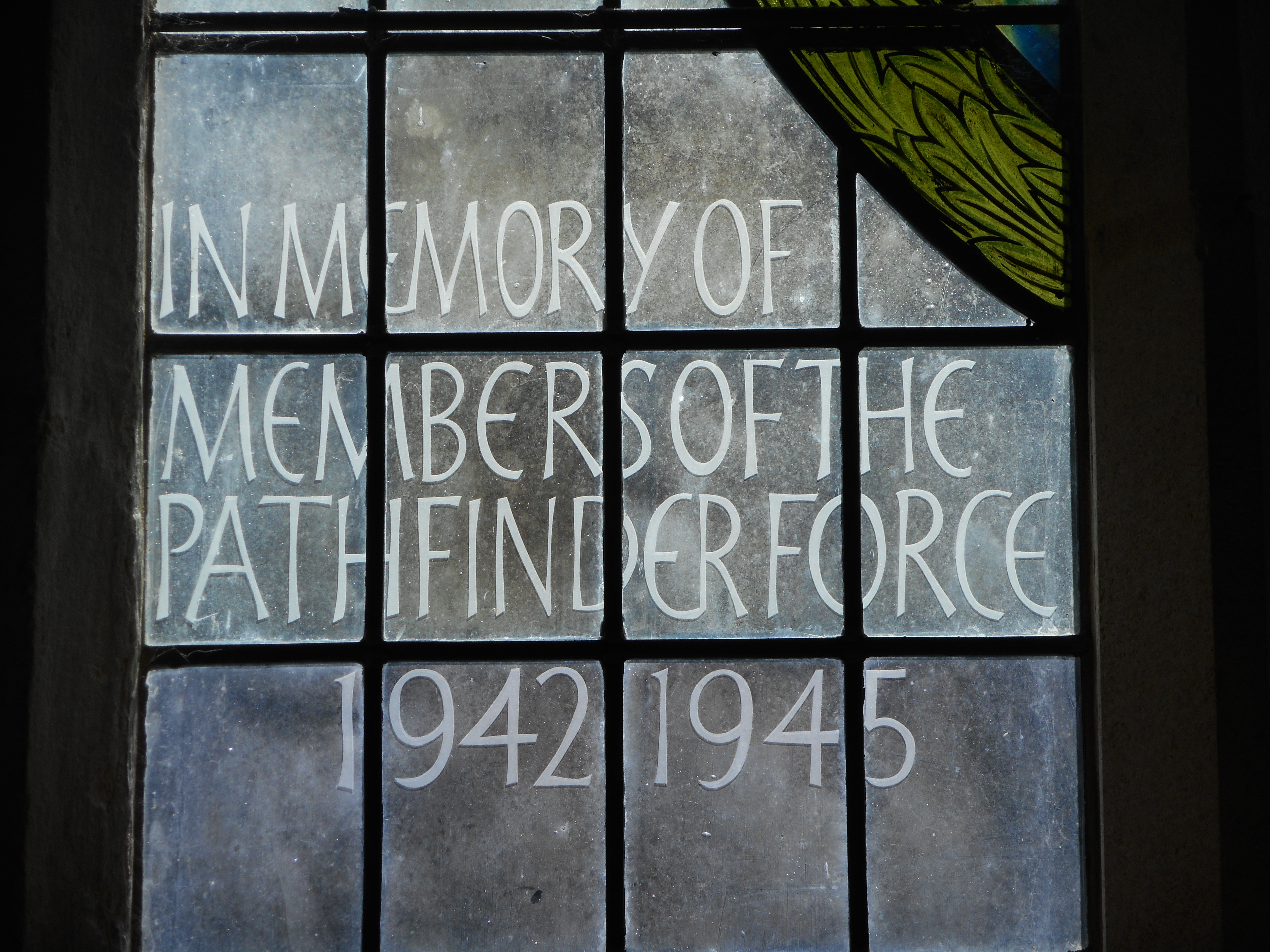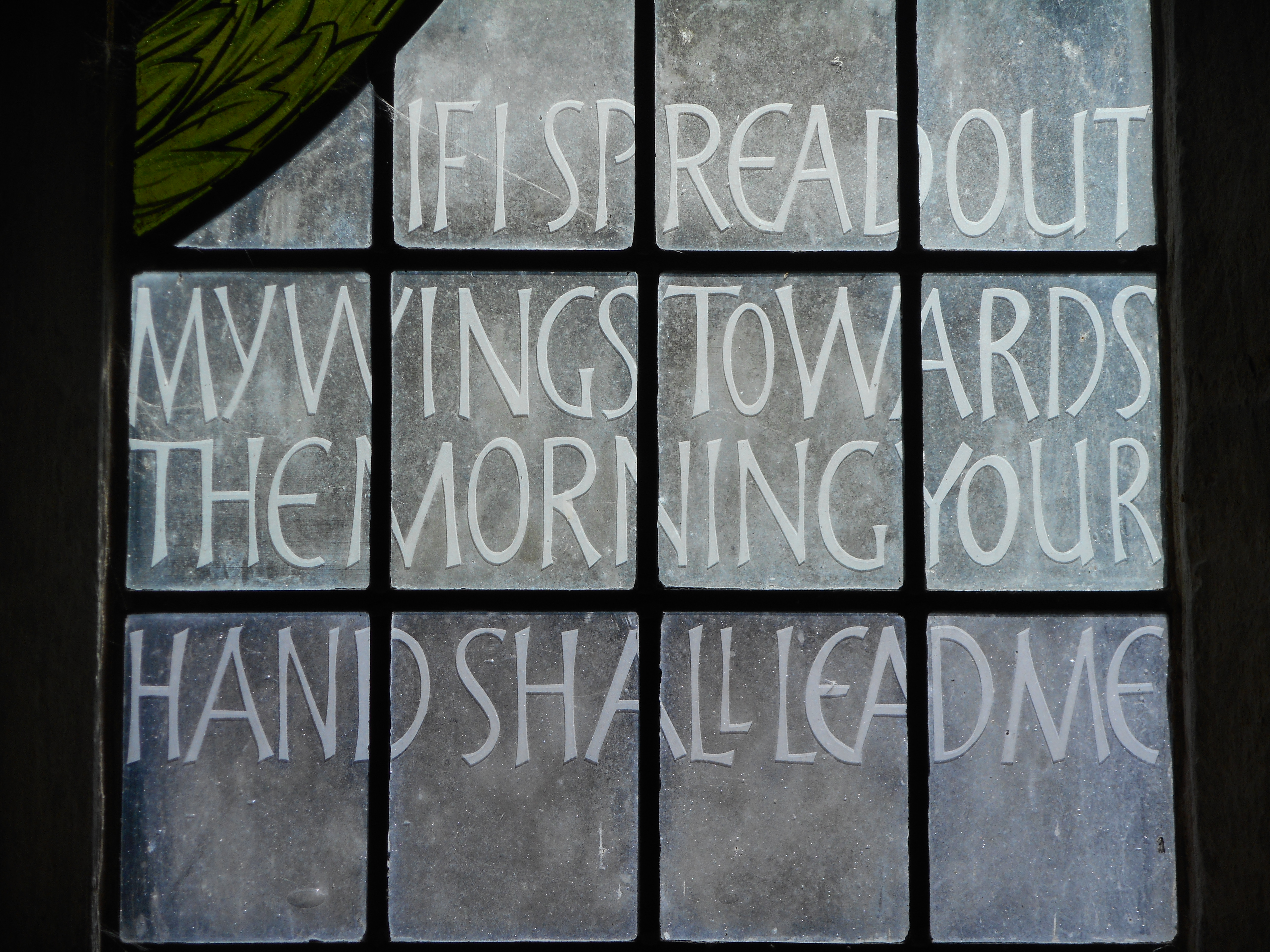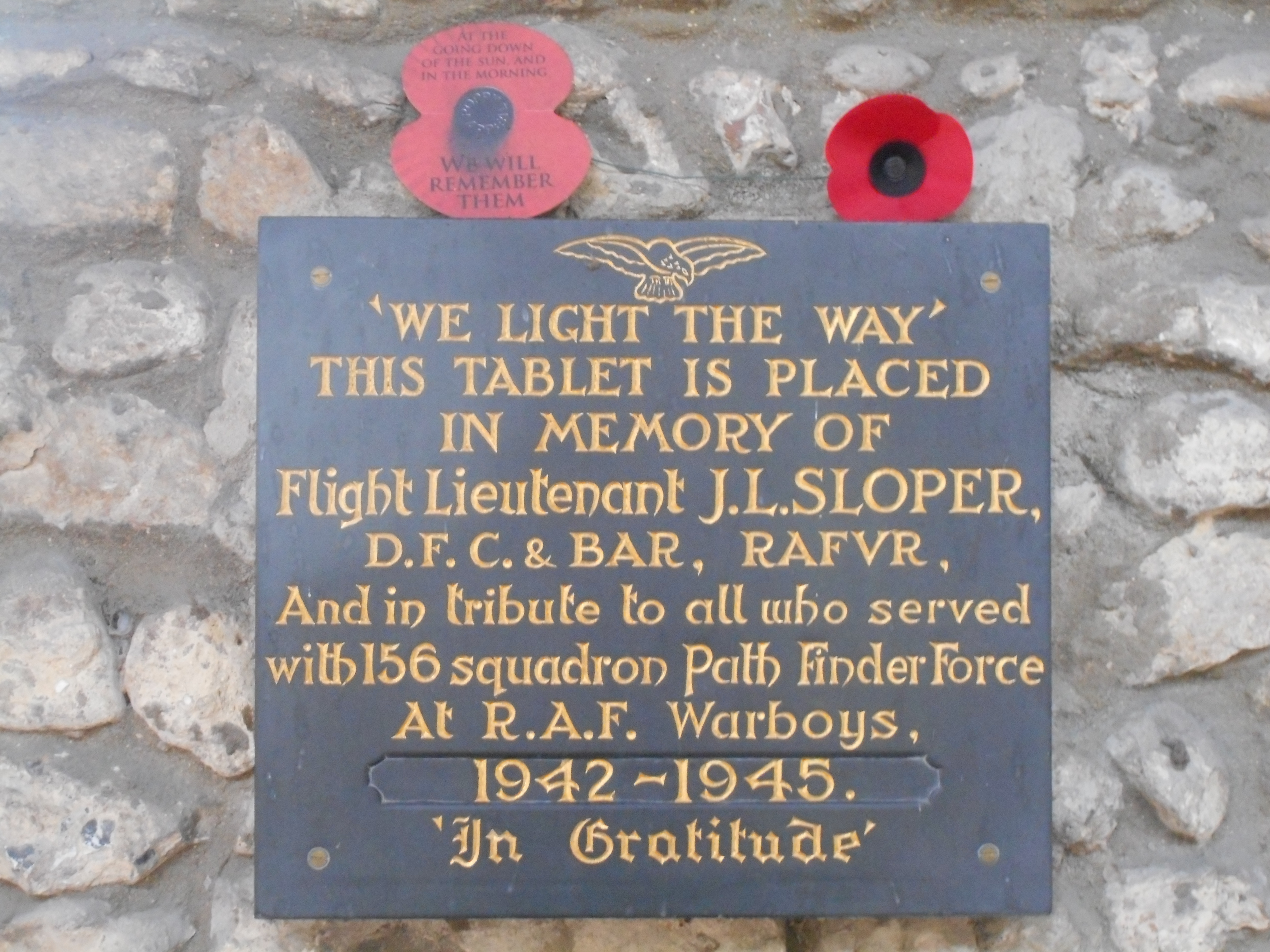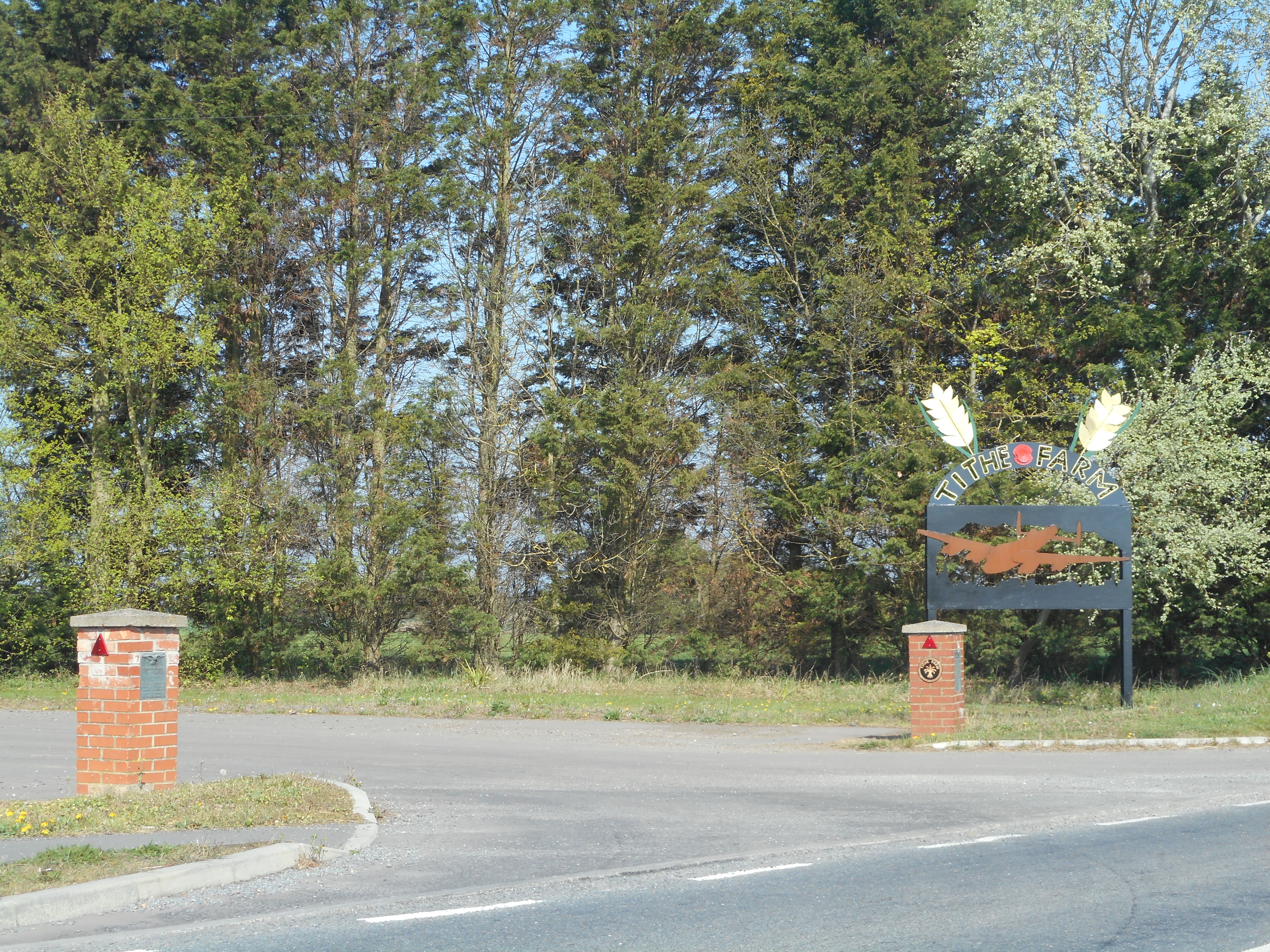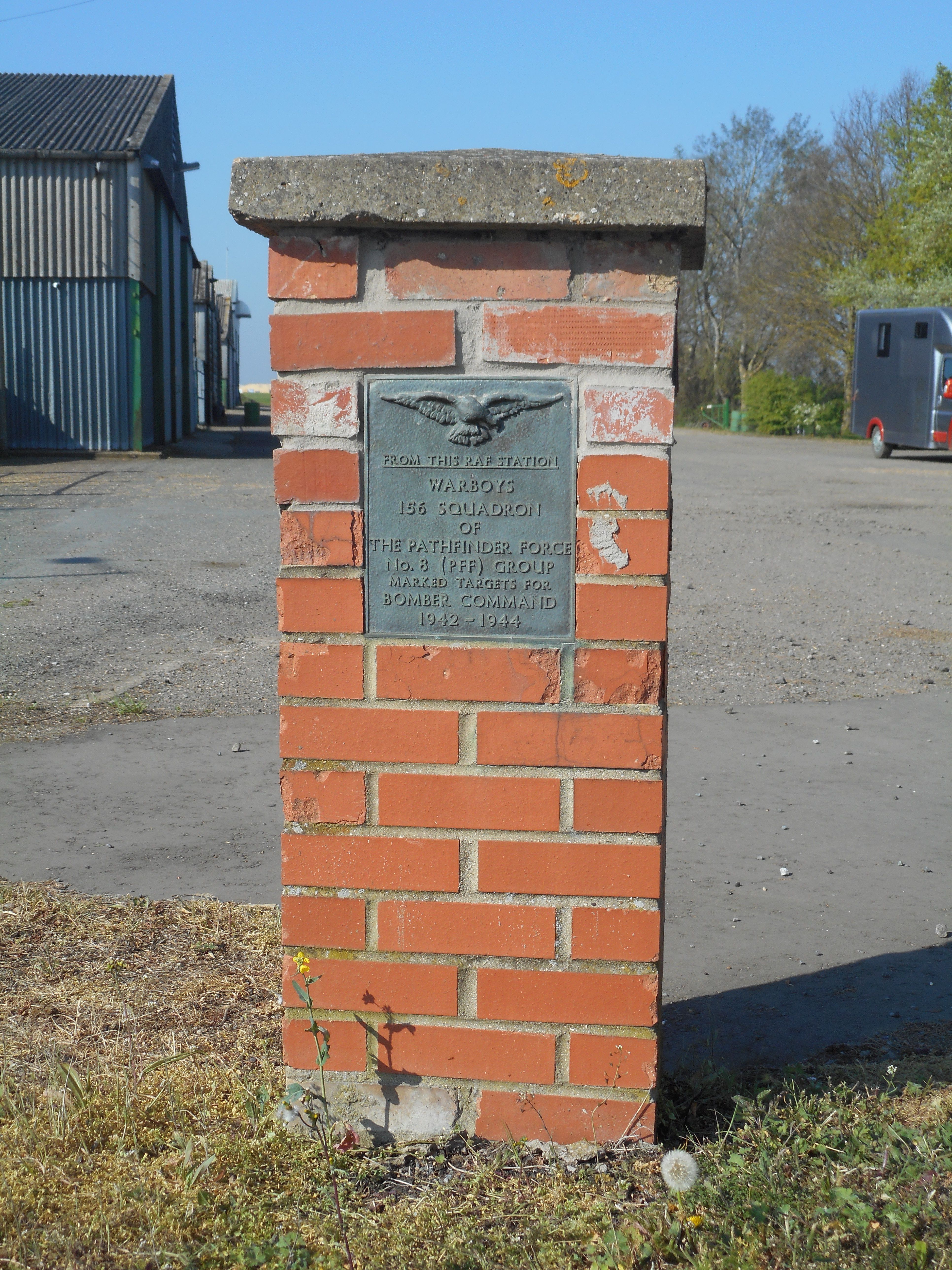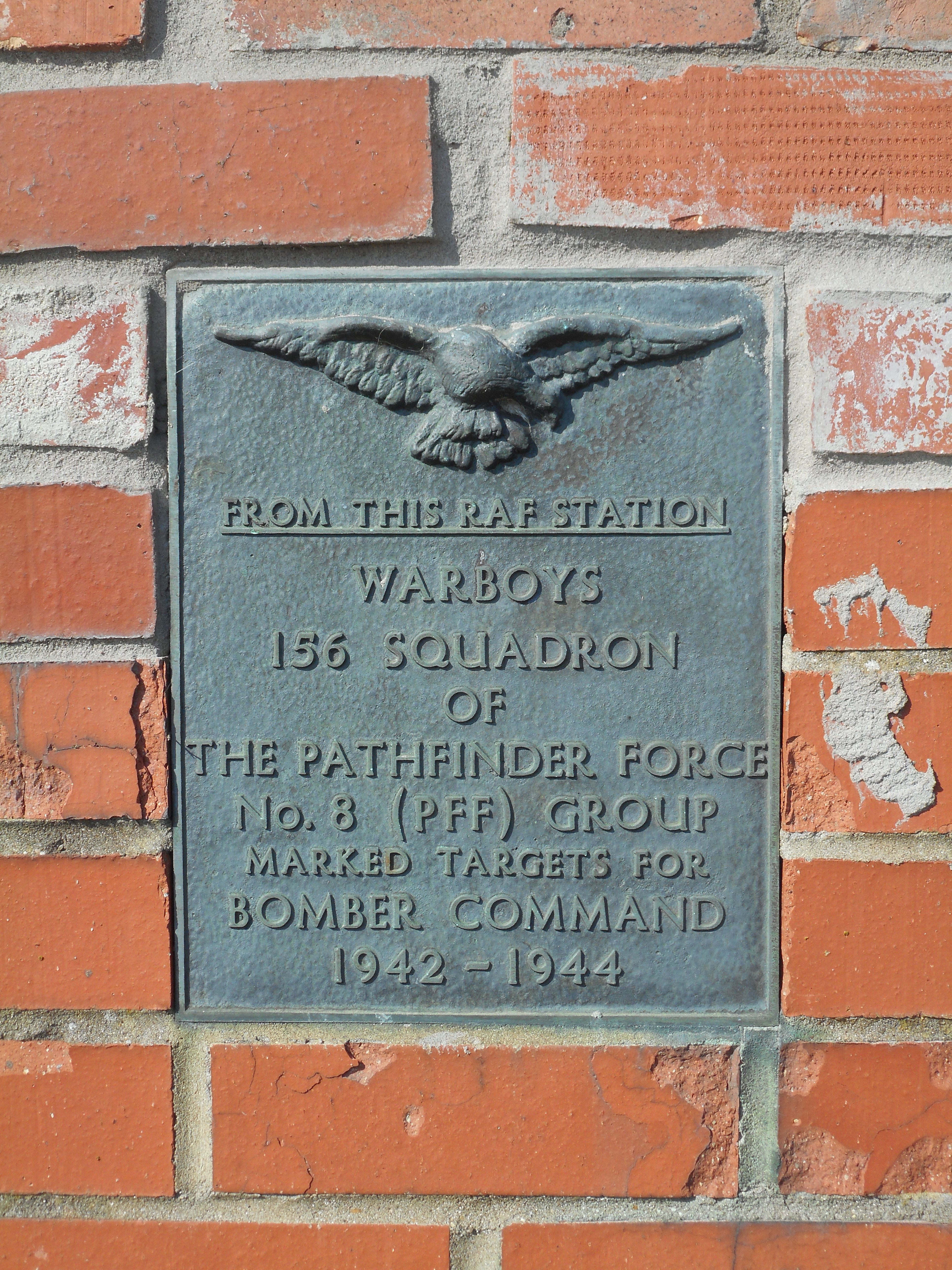Corley, Louie Elmo
Personal Information
| Rank | F/S |
| Forename(s) | Louie Elmo |
| Surname | Corley |
| Gender | M |
| Age | 20 |
| Date of Death | 16-04-1943 |
| Next of Kin | Son of Jack Quitman Corley and Nona Corley (née Gilbreath), of Houston, Texas, USA. |
Aircraft Information
| Aircraft | Avro Lancaster I |
| Serial Number | W4930 |
| Markings | GT- |
Memorial Information
| Burial/Memorial Country | France |
| Burial/Memorial Place | Chalons-sur-Marne East Cemetery |
| Grave Reference | Sec. I. Coll. grave 1632-1635. |
| Epitaph |
IBCC Memorial Information
| Phase | 2 |
| Panel Number | 148 |
Enlistment Information
| Service Number | R/126738 |
| Service | Royal Canadian Air Force |
| Group | 8 |
| Squadron | 156 |
| Squadron Motto | We light the way |
| Trade | Air Gunner |
| Country of Origin | United States of America |
Other Memorials
| Location | St. Mary Magdalene Church, Warboys, Cambridgeshire |
| Country | United Kingdom |
| Memorial Type | Stained Glass Window & Inscribed Slate Tablet |
| Memorial Text | We light the way" This tablet is placed in memory of Flight Lieutenant JL Sloper DFC and Bar, RAFVR. And in tribute to all who served with 156 Squadron Path Finders Force at RAF Warboys, 1942-1945, In gratitude. |
| Location | Tithe Farm, Warboys, Cambridgeshire |
| Country | United Kingdom |
| Memorial Type | Brick Pillars and inscribed Metal Plaques |
| Memorial Text | From this RAF Station Warboys 156 squadrons No 8 (PFF) group, marked targets for Bomber Command 1942-1944 |
Miscellaneous Information
| Louie was born at Quitman ,Texas, USA on 7 October 1922. His father was a Maintenance Operator, born in Winnsboro, Texas and his mother was born at Ardmore, Oklahoma. The schools he attended were Wharton Grammar 1929-1932 followed by Sam Houston High, 1937-1941 in Sam Houston, Texas. He enjoyed playing football, tennis and swimming and his hobby was reading. Between 1940-1942 Louis worked for Foley Brothers Dry Goods in Houston and he then enlisted on 3 September 1941, during the period when the United States was still neutrtal. He did not swear an aoth of alledgiance to the King. |
| After training Louis was posted to the U.K. and embarked from Canada on 7 August 1942 arriving in England at 3PRC on 19 August. He was then at 25 OTU 22 September 1942, 81 OTU 30 September 1942, 1656 CU. 17 January 1943 and 156 Squadron on 26 February 1943. Sadly this young man was then to lose his life on 16 April 1943. |
Commonwealth War Graves Commission
The National Archives
| Record of Events (Operational Record Book) AIR 27/1041/30 |
| Summary of Events (Operational Record Book) AIR 27/1041/29 |
Fellow Servicemen
Please note that this list gives all the losses aboard the quoted aircraft and occasionally these may have occurred on an earlier date when the aircraft was not itself lost. Please check the dates of death carefully.
Last Operation Information
| Start Date | 16-04-1943 |
| End Date | 17-04-1943 |
| Takeoff Station | Warboys |
| Day/Night Raid | Night (87% moon) |
| Operation | Pilsen- Skoda armaments factory. 327 aircraft, 36 loses (11.0%). The main force was told to locate the Skoda factory visually and only to use PFF marking as a general guide. A large asylum building some 7 miles away was mistaken for the target. The Skoda factory was not hit at all. |
| Reason for Loss | Crashed at Aigny, NW of Chalon sur Marne, France |
